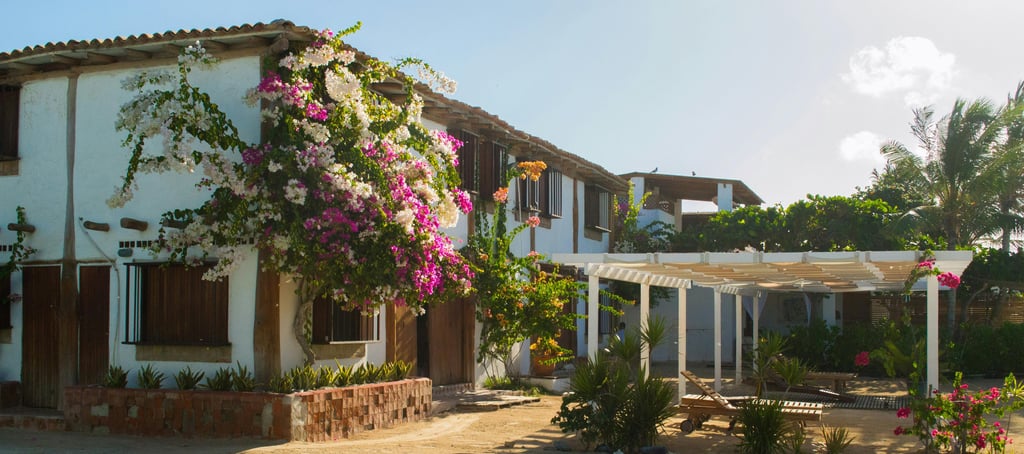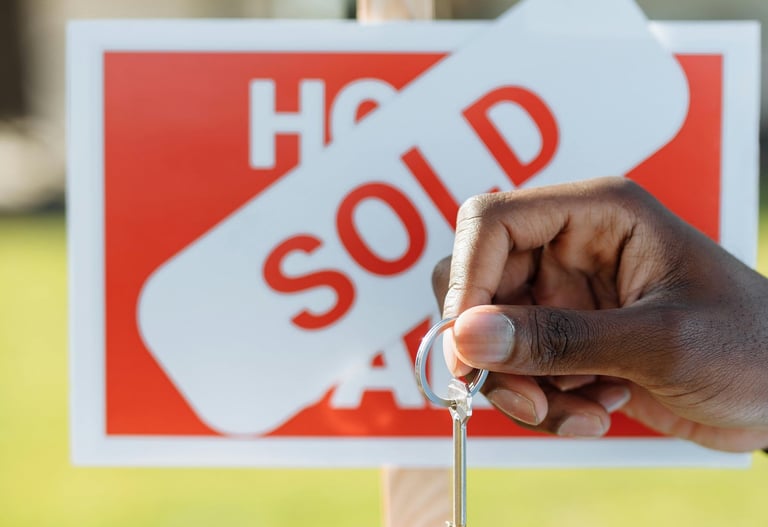

For generations, the Caribbean has been painted as a place to visit, a postcard escape where travelers come for a week of sun, sea, and sand. But increasingly, many are choosing to stay. Across the region, a growing number of expatriates are not just vacationing in paradise, they are calling it home and investing in property, reshaping both skylines and communities.
Retirees from North America and Europe, remote workers drawn by flexible lifestyles, and investors seeking safe havens for their money are buying homes and villas across the islands. Countries like the Dominican Republic, Jamaica, and The Bahamas have seen steady increases in foreign property purchases, while smaller islands such as Grenada and St. Kitts attract buyers through citizenship-by-investment programs. In recent years, the pandemic accelerated this trend: remote work untethered professionals from city offices, and the Caribbean, with its warm climate and reliable internet in many hubs, suddenly became a viable place to live year-round.
For expats, the appeal is obvious. They enjoy modern villas overlooking turquoise waters, a slower pace of life, and the chance to integrate into communities rich with culture. For host countries, foreign buyers often bring valuable investment dollars, create jobs through construction and tourism-driven real estate, and add global connections that can fuel local economies. In some cases, foreign homeowners have even supported community projects, sponsoring schools or small businesses.
Yet the story is not without its complications. As demand grows, property values in certain markets have soared. In islands with limited land space, this can make homeownership increasingly out of reach for local families. A beachfront property in Antigua or Barbados that might have once been affordable to a middle-class islander is now priced in U.S. dollars, designed with foreign buyers in mind. This creates tension, a paradise for some can become less attainable for others.
Infrastructure is another pressure point. An influx of luxury villas can strain resources like water, electricity, and roads if not planned carefully. It can also shift entire neighborhoods, transforming fishing villages or farming areas into high-end enclaves where locals may feel like outsiders in their own communities.
Still, many Caribbean governments are working to strike a balance. Some introduce policies to ensure foreign investment supports the broader economy, such as requiring developers to hire locally or contribute to national funds. Others encourage sustainable building practices to protect fragile coastlines and ecosystems.
At its heart, the rise of Caribbean real estate is a story about opportunity and challenge. For expats, it represents a chance to live in a place they once only dreamed of. For locals, it brings both potential benefits and real concerns — from job creation and tourism revenue to rising costs and shifting landscapes.
The Caribbean has always been more than a destination. It is home, not just for those who were born there, but increasingly for those who choose to make it their own. As the demand for real estate continues to climb, the region faces a pivotal question: how to welcome newcomers while keeping paradise livable and accessible for the people who have always called it home.


